Understanding eruptions: how can we determine which volcanoes pose the greatest threat?
Futurum
JUNE 1, 2022
Dr Michael Eddy , a geologist from Purdue University in Indiana, USA, is researching how to make more accurate predictions about where the most violent eruptions are likely to happen. The process by which this separation occurs remains unknown and is the subject of Michael’s research. WHAT HAS MICHAEL’S RESEARCH TAUGHT US?

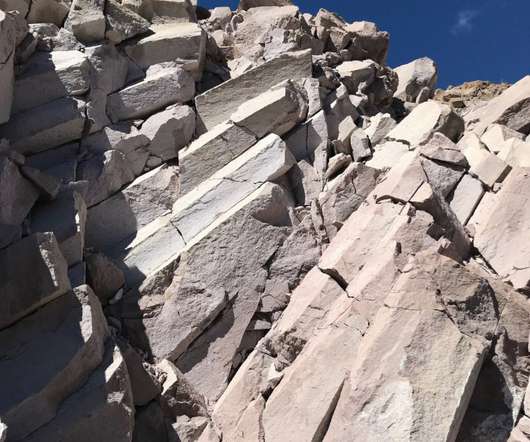
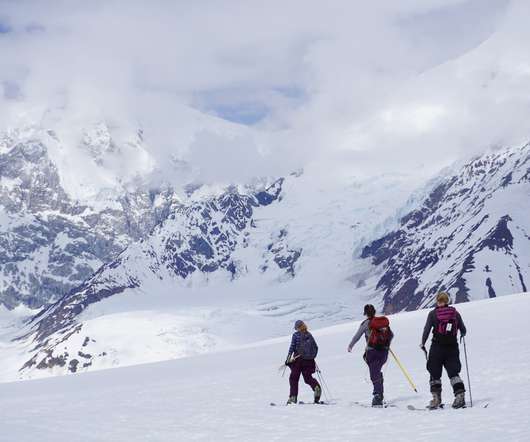
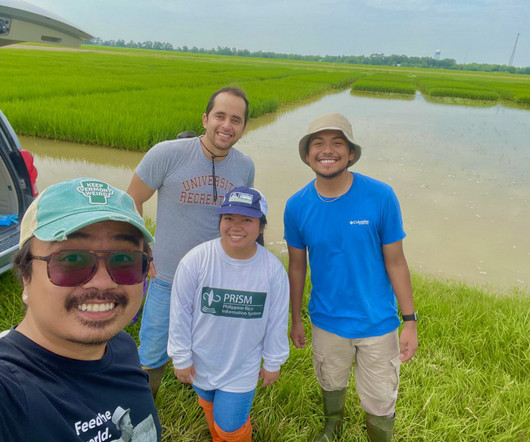
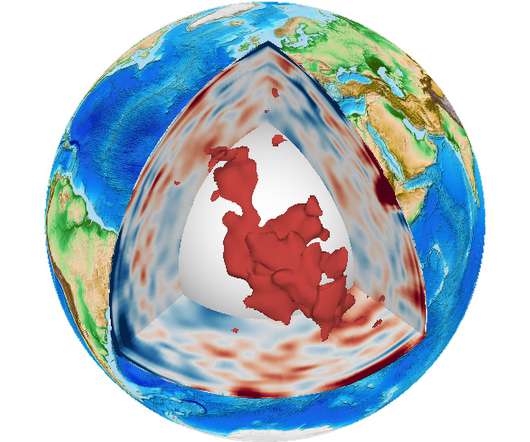
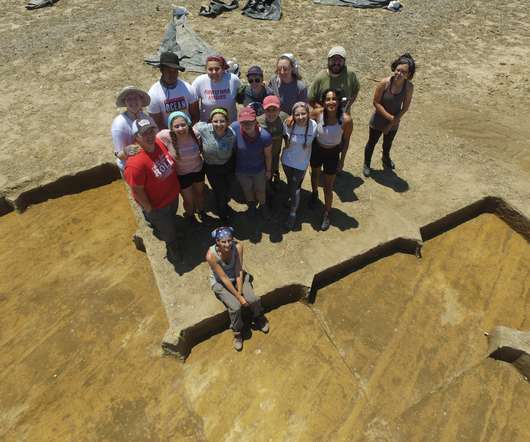
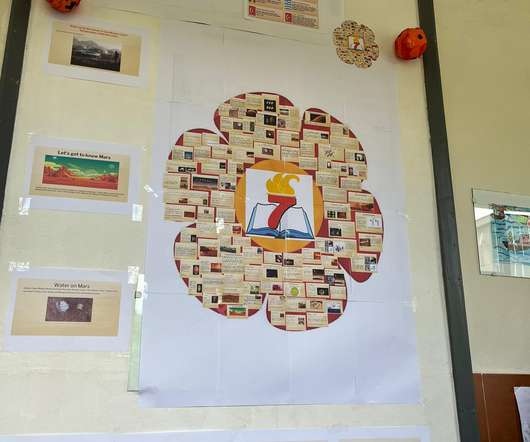
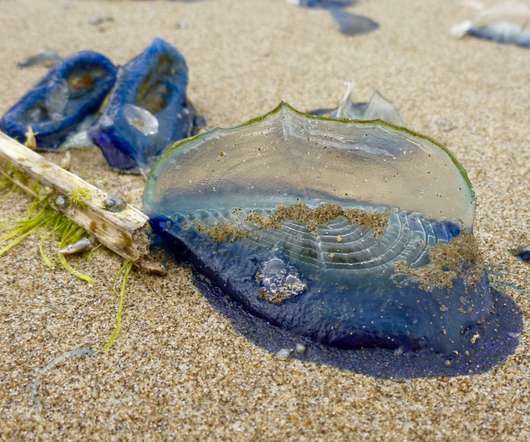
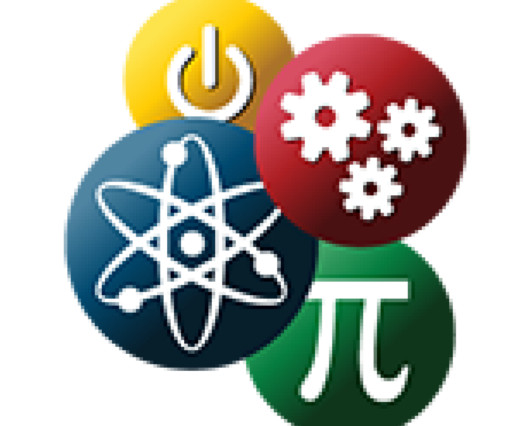
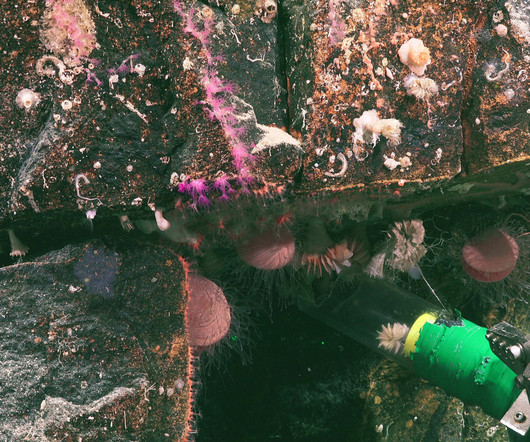
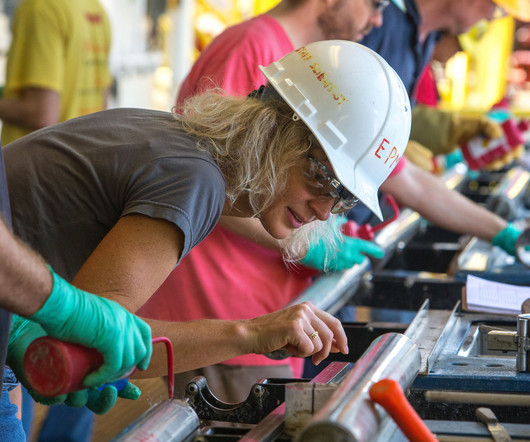

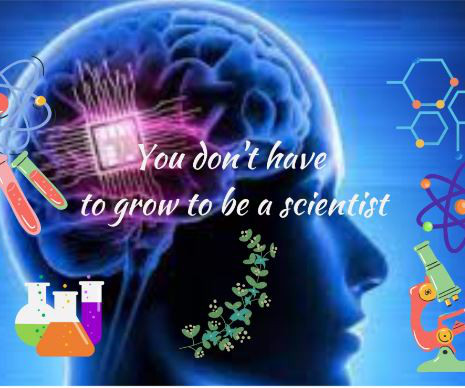
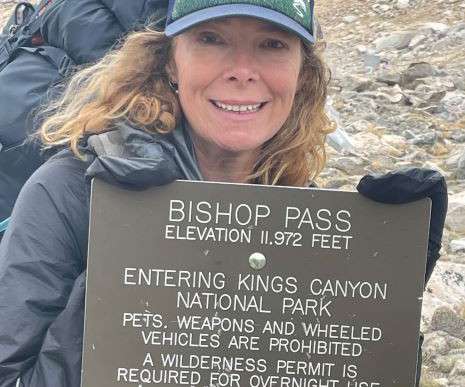
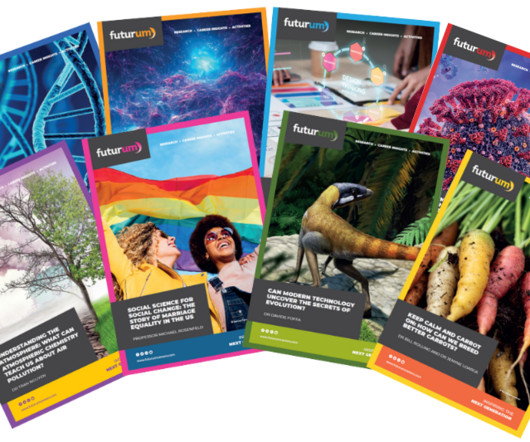






Let's personalize your content